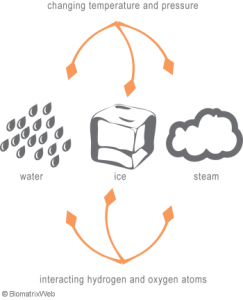Systems theory distinguishes between type I and type II properties of a system. Type I properties refer to the qualities inherent in a system and / or its parts. They are typically derived from analysis and the subject of traditional scientific research (i.e. type I research). They lend themselves to repetition, ceteris paribus and value neutral research (at least most times). Type II properties arise from the interaction of (parts of) a system with other systems in its environment. Since the environment of a system (especially the social environment) is continuously changing, the outcomes of these interactions are unique and not repeatable. Thus synthesis poses a challenge to the traditional philosophy of science which governs analysis.
Systems thinking is concerned with describing the organising principles around synthesis (i.e. the process and outcome of interaction). It is therefore a transdisciplinary body of knowledge. In interaction with a specific scientific discipline it extends the disciplinary knowledge derived from analysis with that derived from synthesis.
Transdisciplinary guidance is also important in issues such as sustainable societal development or problems like poverty, as these span all levels (from the planetary to the atomic) and dimensions (e.g. psychological, cultural, economic, political, technological, ecological, biological and physical) of life.
 Systemic research designs build emergence deliberately into the research process. Through iteration and self-referral in system analysis and design, new ideas can emerge that were not previously voiced. This is of special importance in a leadership context as it is concerned with initiating personal, organisational and societal change.
Systemic research designs build emergence deliberately into the research process. Through iteration and self-referral in system analysis and design, new ideas can emerge that were not previously voiced. This is of special importance in a leadership context as it is concerned with initiating personal, organisational and societal change.

